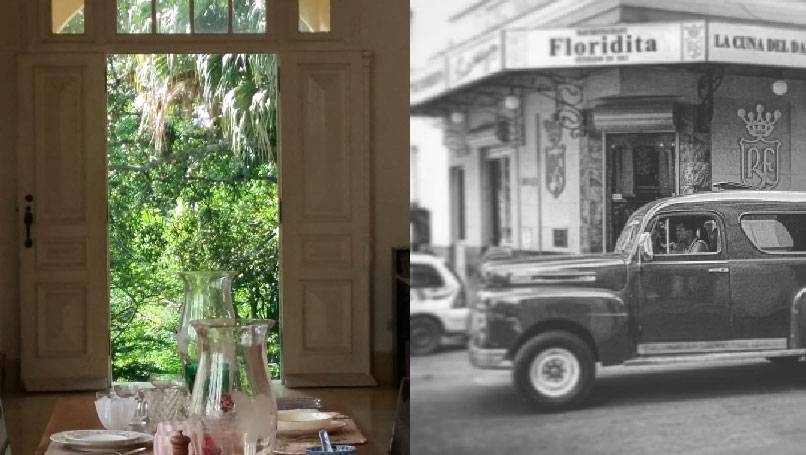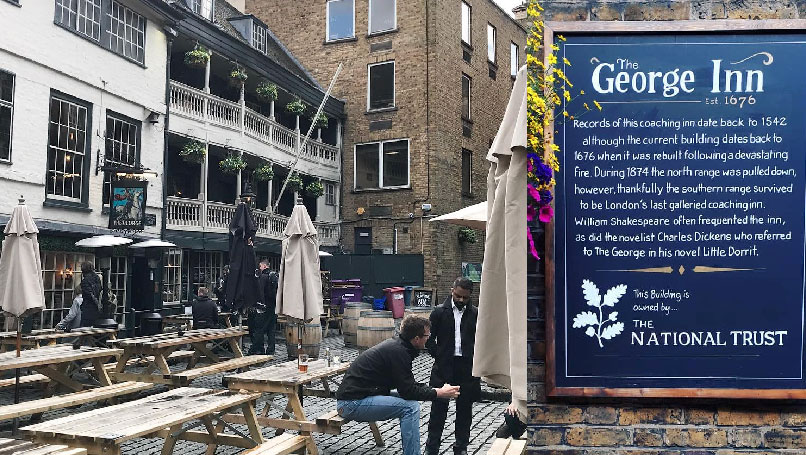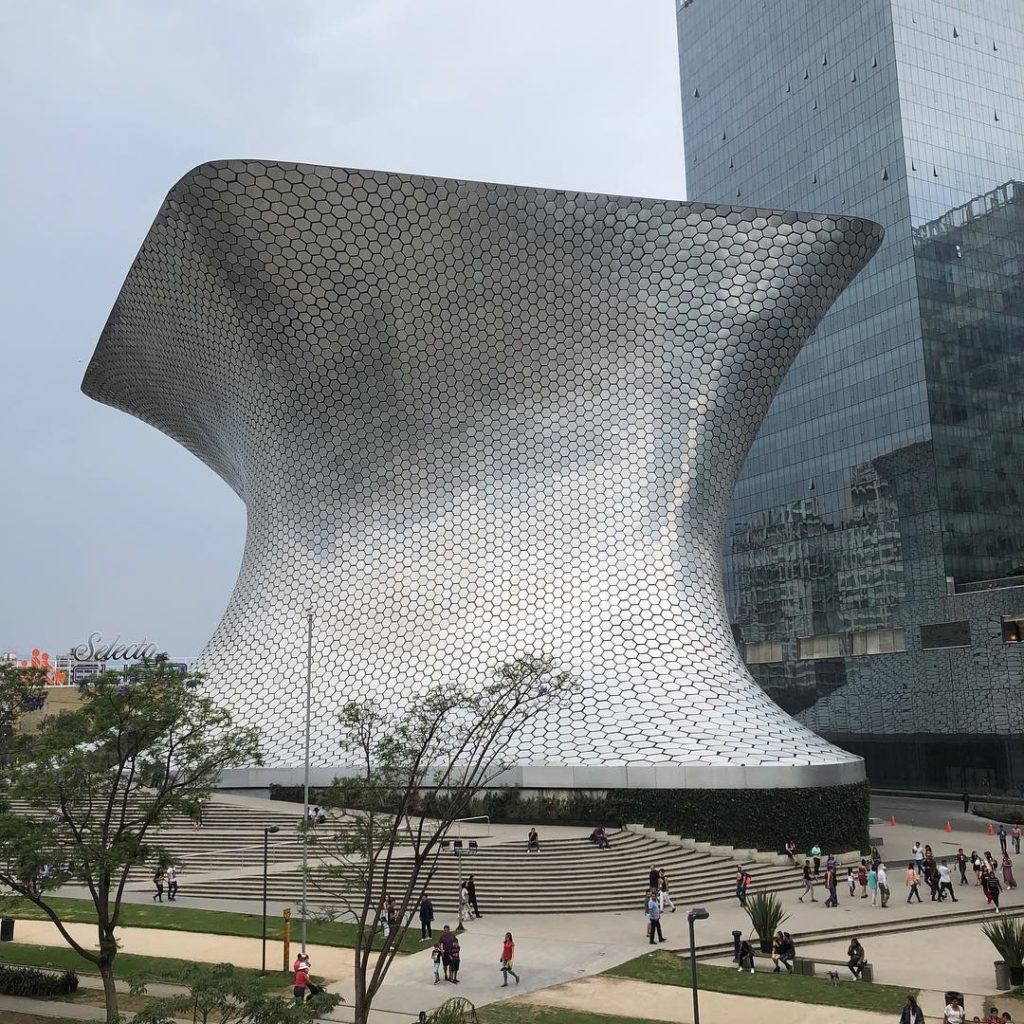Worst Airlines for Overbooking – And remember: just because you bought a ticket, it doesn’t mean you’re guaranteed a seat.
United Airlines caused itself a PR nightmare by having a passenger violently dragged off a plane after overbooking a flight earlier this week. And while lots of variables coalesced for this disaster, it also sparked a discussion over the industry’s practice of overselling and involuntary denials of boarding (IDBs). Bad for United; good for consumers. Despite all the current negative press, however, United can take solace in one fact: it’s not the worst major U.S. airline when it comes to booting people off planes.
According to the Department of Transporation’s most recent Air Travel Consumer Report, the unfortunate crown goes to Southwest Airlines, with a rate of 0.99 IDBs per 10,000 passengers in 2016. Effectively, that means for every 10,000 people who get on Southwest planes, one is getting kicked off. Hawaiian Airlines had the best rate, at 0.05 IDBs per 10,000 passengers, while United earned fifth place, at 0.43 IDBs per 10,000 passengers. Additionally, United’s rate actually dropped 55 percent from 2015, when it had 0.77 IDBs per 10,000.
Overall, Southwest had the highest total IDBs last year, at 14,979, about a third of the 40,629 passengers across 12 carriers. To be fair, Southwest also had the most domestic passengers of any airline, at 150,655,354, while United had 86,836,527 and Hawaiian had 10,824,495. Still, not the best look for Southwest.
The monthly study from the Office of Aviation Enforcement and Proceedings (OAEP) “is designed to assist consumers with information on the quality of services provided by the airlines,” by tracking statistics such as consumer complaints, flight delays, and, of course, oversales, the topic du jour. Two regional carriers, ExpressJet and SkyWest, were also included in the study.
Here’s the full list of the worst airlines and their rates, in terms of oversale IDBs. And remember: just because you bought a ticket, it doesn’t mean you’re guaranteed a seat.
Southwest Airlines 0.99
JetBlue Airlines 0.92
American Airlines 0.64
Frontier Airlines 0.58
Spirit Airlines 0.58
United Airlines 0.43
Alaska Airlines 0.40
Virgin America 0.12
Delta Air Lines 0.10
Hawaiian Airlines 0.05



















